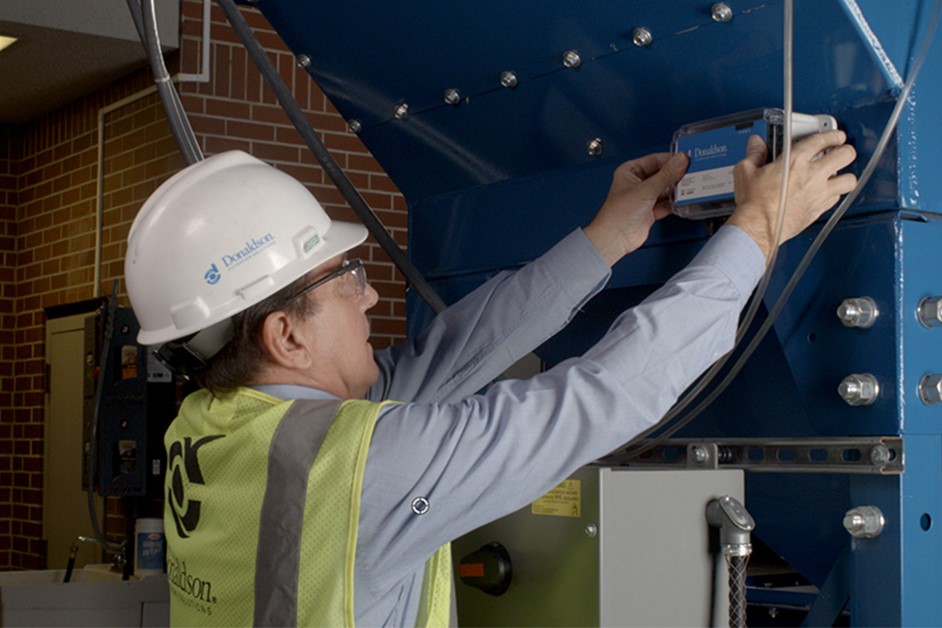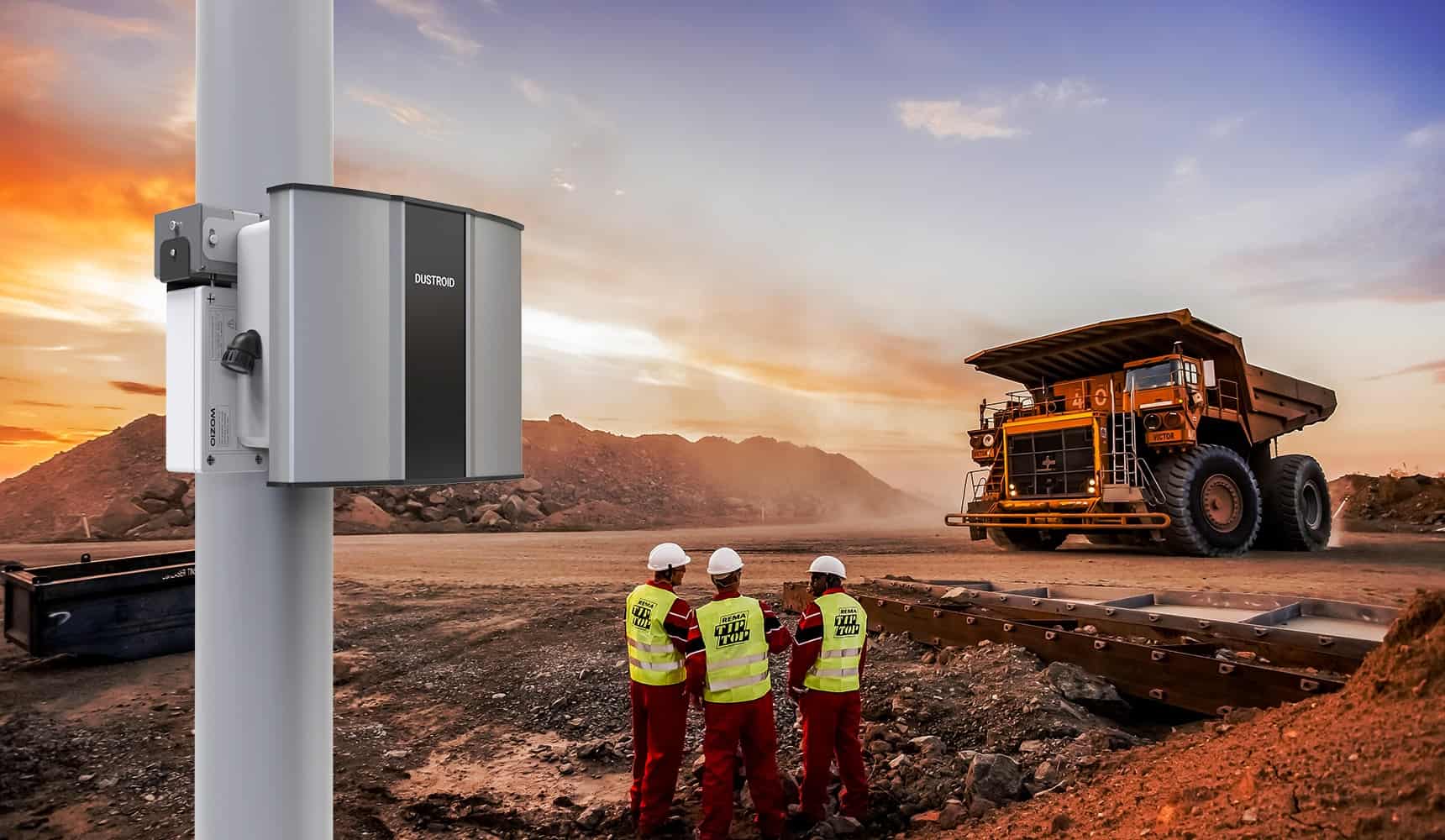
What is the working principle behind dust monitoring equipment?
A dust monitoring equipment works on a Laser Scattering Technology that comes with a highly accurate laser beam.
This laser-scattering technology is used to measure the distribution of the particle size and the concentration in the sample. When a person emits a laser beam from a sensor to hit a particle, it tends to get scattered in every possible direction. All the larger particles end up scattering the light as a relatively smaller set of angles when compared to the smaller particles.
The angular intensity by which the particles end up scattering is then analyzed to measure the particles’ size and the concentration of various particles. This measured concentration is reported in the microgram of particles present in one unit volume of the air sample.
Factors to keep in mind while choosing Dust Monitoring Equipment
You might have noticed that the range and size of the Particulate matter tend to vary with various kinds of sources and applications. Deciding which dust monitor you should go with needs a detailed evaluation of the end application and the requirements of a person.
Many factors come into play altogether to decide the right dust monitoring equipment. Various factors influencing the decision-making are:

- Cost
For a limited budget, you can opt for standard dust monitoring equipment. If your budget is stretchable, you can go with an advanced version that comes with an additional set of features.
- Application location
Humidity, pressure, and temperature of the ambient air play an important role while choosing the device. If the application project’s location has a higher temperature, dust concentration, and humidity level, you should go with an advanced model.
- Calibration frequency
All such sensor-based devices are calibrated regularly to account for any drift recorded with time. Choose the equipment which has longer calibration intervals.
What are the outcomes of effective dust monitoring?
The following are the outcomes of effective dust monitoring equipment:
- Identification of heavy sites that are involved with the generation of dust
- Dust control program strategy present around a site
- Implementation of measures concerning dust mitigation
- Real-time assessment of the quality of air
The advantages of implementing an effective dust monitoring system in sites with the presence of heavy dust production. However, the task of choosing the perfect dust monitoring equipment can be difficult and tedious.
Conclusion
It all boils down to the objectives of dust monitoring equipment that are applied. The primary purpose that defines a piece of monitoring equipment and the plan’s main purpose is always recommended to be the deciding step.





